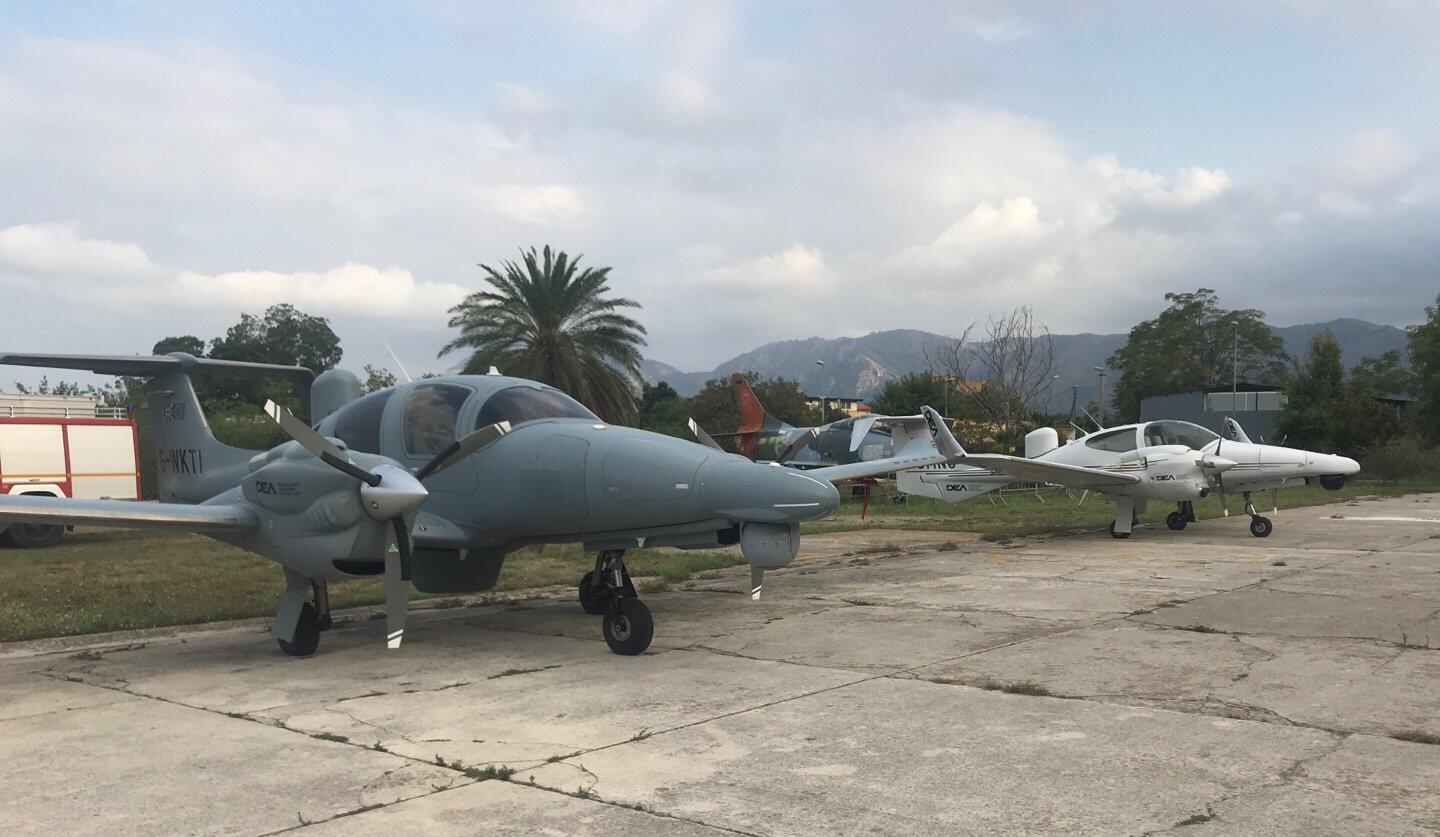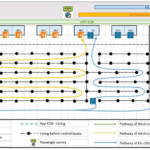On behalf of the EU border agency, private service providers are monitoring the Mediterranean Sea with planes and drones. Frontex and Airbus give different information about the surveillance technology on board.
The refugee boat that sank off the southern Italian town of Crotone at the end of February was discovered using technology to detect phones. This is confirmed by the new director of the border agency, Hans Leijtens, in a non-public answer to a parliamentary question by the Left MEP Özlem Demirel. The presence of the wooden boat in the Ionian Sea between Greece and the tip of Italy’s boot was reported before the accident “by the on-board satellite telephones detection equipment” of a Frontex aircraft. The crew of the aircraft then checked whether the boat was transmitting data and was thus officially registered. After a “negative result”, the aircraft undertook further surveillance measures.
Around 80 people are believed to have drowned in the accident due to rough seas off the small Calabrian town. The public prosecutor’s office in Calabria is therefore investigating four Turkish escape helpers. Further investigations are directed against possible responsible persons of the coast guard and the military, who had detected the boat in distress but did not rescue it.
Frontex has contracted private charter companies to carry out surveillance flights in the Mediterranean. This “Multipurpose Aerial Service” is one of the new capabilities with which the agency aims to make itself independent of equipment and personnel from the member states. Meanwhile, the small fleet is complemented by two large drones. Like the manned aircraft, they are flown by a private company. The contract for this was awarded to Bremen-based Airbus. The defence company charters military drones from Israel for this purpose.
The flying surveillance technology is not intended to tap phones, but merely to locate them. This is possible, for example, in satellite networks of the providers Iridium, Thuraya and Inmarsat. Smugglers in Turkey and Libya often equip the passengers of their boats with such devices. In Tunisia, however, satellite telephony is prohibited for private individuals, reports the solidarity platform Migration Control. Therefore, refugees departing from there on the high seas are often unable to make emergency calls.
Telecommunications tracking is not part of the requirements as contracted by Frontex for the aerial service. Rather, the companies would carry the technology on their own responsibility, Leitjens told Demirel. It is also only on board the manned charter planes. As the service provider for the drones flying from Malta and Crete, however, Airbus makes contrary statements on this in a company presentation.
“The arms and security industry is also booming in the area of border surveillance, and yet people are drowning in the Mediterranean almost every day,” Demirel told the newspaper “nd”. This EU policy must change, the MEP criticises.
After the boat that later sunk near Crotone was located, it was monitored by Frontex with additional technologies. These include electro-optical sensors and a thermal imaging camera whose images suggested the presence of many people below deck. Frontex claims to have communicated this to various authorities in Italy. The “sighting report” produced for this purpose contained the location, course and speed of the boat. The boat was followed by the aircraft until it had to return to base due to lack of fuel.
Published in German in „nd“.
Image: OSPREY 1 and OSPREY 3 flying for Frontex in Sicily. The EAGLE 1 operating at the shipwreck off Crotone is a larger aircraft.





Leave a Reply